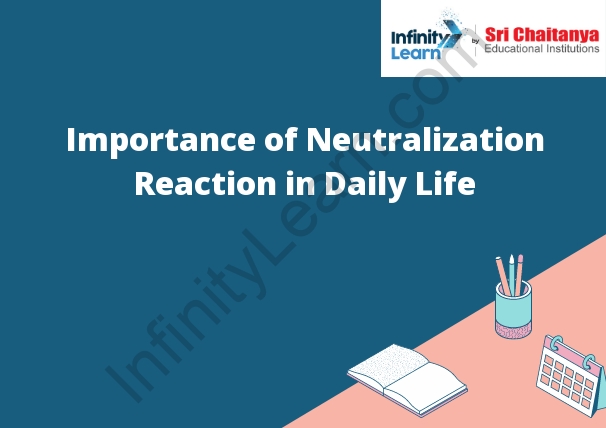Table of Contents
What is a Neutralisation Reaction?
Neutralisation is a reaction that results in the formation of a salt and water. The acid and base react to form the salt and water.

Examples of Neutralisation Reaction
A neutralisation reaction is a reaction between an acid and a base where a salt and water are formed.
In an acid-base reaction, an acid and a base exchange protons to form a salt and water.
The acid donates a proton to the base, and the base accepts the proton from the acid.
The acid and base react to form a salt, and the proton that is transferred between the acid and base is lost as water.
The salt that is formed in a neutralisation reaction is always soluble in water.
The following equation is an example of a neutralisation reaction:
HCl (acid) + NaOH (base) → NaCl (salt) + H2O (water)
The Importance of Neutralisation Reaction in Daily Life
Neutralisation reactions are important in everyday life because they are responsible for the pH of a solution. The pH of a solution is important because it determines how acidic or basic the solution is. This is important because it affects how the solution behaves and how it interacts with other substances.
Other Examples of Neutralisation Reaction in Daily Life
One example of a neutralization reaction in daily life is when an acid and a base react to form a salt and water. For example, when hydrochloric acid (HCl) and sodium hydroxide (NaOH) react, they form sodium chloride (NaCl) and water (H2O). This reaction occurs when you mix vinegar, which is an acid, with baking soda, which is a base. The vinegar and baking soda react to form sodium acetate (CH3COONa) and water.






